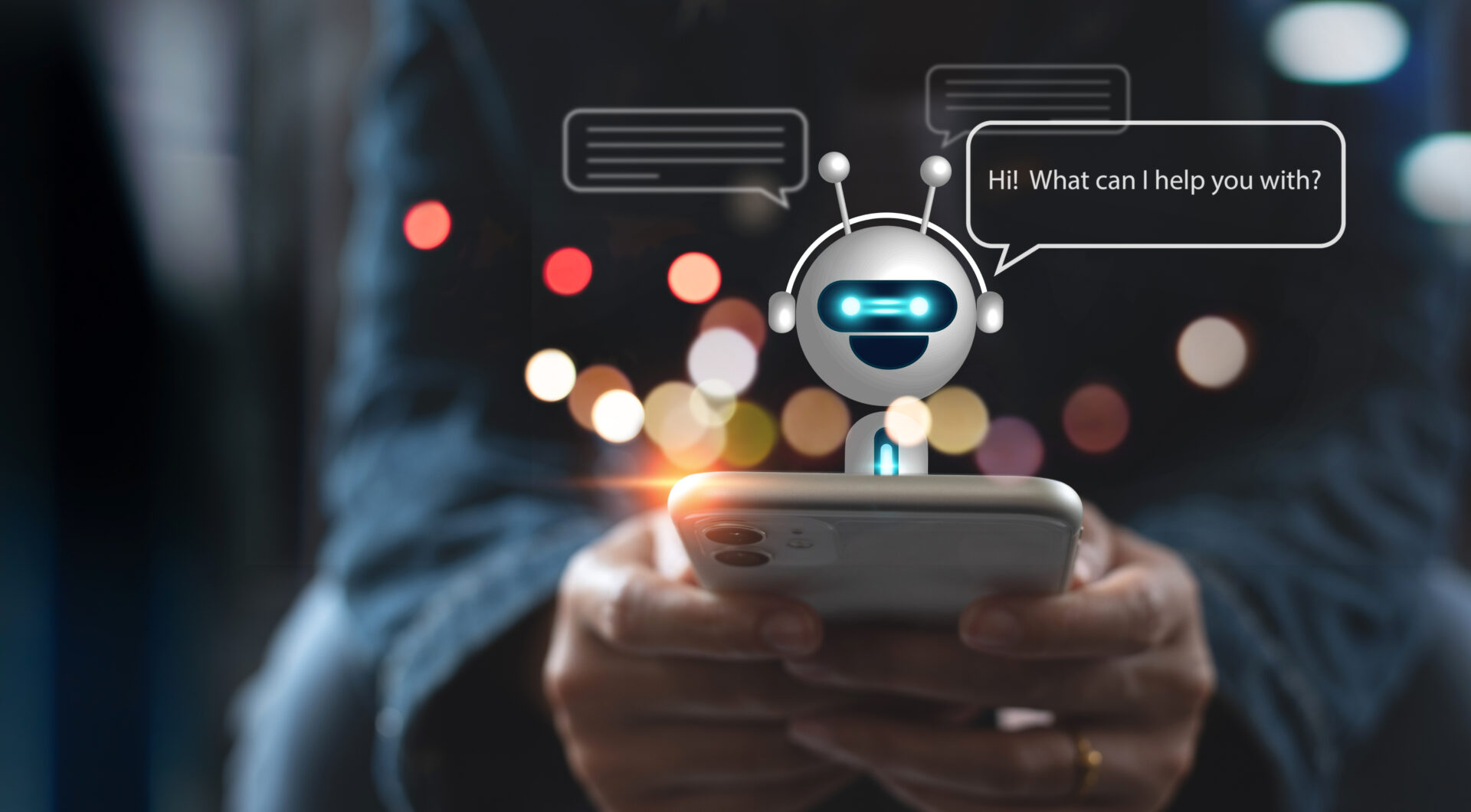In the last few months (yes, we’re talking about months), we have witnessed a proliferation of articles, headlines, and courses related to a topic that is not new but has seen a surge in presence on the web due to some factors: AI. Now, if we mention ChatGPT, many people know what it is, but the road to sharing the culture of artificial intelligence is still long.
Let’s debunk a myth: artificial intelligence (AI) does not replace humans but helps them perform repetitive tasks and analyze enormous amounts of data, finding similarities.
Let’s examine a use case: a doctor today can interpret the result of an analysis and give an opinion based on their knowledge and the cases they have encountered and analyzed over the years of work. Artificial intelligence can be trained with many more cases, compare many more contexts and variables, and provide the doctor with a more precise framework on which to base their assessments. As we can see, we are not replacing the doctor but supporting them with a quantity of information they would not be able to consult otherwise.

Artificial intelligence was born many years ago, and the concept of training a machine to help it learn is not new, especially considering that in 1950, Alan Turing published the article “Computing Machinery and Intelligence”, marking the beginning of AI.
What has literally ‘exploded’ in recent years, or rather, months, is generative artificial intelligence, a technology capable of generating content or images.
Why wasn’t it such a widely used technology until a year ago?
Several factors have contributed to the spread of this technology in everyday life. The health emergency related to Covid has certainly contributed to its evolution, but it is with the entry of important names, one of which is Microsoft, that we have noticed the real transformation: these giants, in fact, have made available the infrastructure to process billions of data and generate models (LLM Large Language Models) that until recently were unimaginable. It is thanks to these models that today we can analyze information to extract important words that make sense within our application workflows.
As Aton, we immediately asked ourselves how we could apply and integrate the artificial intelligence in different contexts and sectors, even involving some clients. For us, training and Research & Development are fundamental aspects to evolve and improve our solutions and services, and it is precisely from here that the best ideas and applications we use every day originate.
Here are some topics that we are addressing in our R&D teams where AI can play a significant role:
Let’s examine one of these cases to better understand the added value that artificial intelligence can bring.
The Service Desk is a crucial point for a company because it is responsible for providing precise answers in a timely manner to support users in sometimes challenging contexts, such as retail stores.

Here, assistance requests cover a wide range, from issues with receipt issuance or cash register software to support in using store hardware devices and peripherals. This includes assistance with software applications, guidance on procedures to follow (e.g., for proper management of promotions and inventories), and more. Some topics require knowledge of tools and processes, and this knowledge is not always disseminated correctly or there simply isn’t enough time to do so. This scenario generates stress and makes the work complicated.
With artificial intelligence, we finally have the opportunity to create usable and accessible knowledge through a chatbot that assists users in solving common problems, responds at all hours, and can engage in dialogue in multiple languages. All of this translates into efficiency, streamlining operations, and relieving people of the most repetitive requests to focus on support services where they can best express their value. Moreover, if we add the ability to query the company data and provide personalized answers, we can grasp the significant potential for improvement with this innovation.
Thanks to the ability to handle various topics, the chatbot becomes a true assistant, providing support in different contexts with the precision that users expect from a qualified operator.
Generative artificial intelligence has made significant strides in this field because it enables the creation of an assistant capable of correctly interpreting user requests and formulating precise responses in natural language.

With current tools, searching for a topic involves typing the main terms into a search bar, and the result consists of one or more documents addressing the topic. It is then up to the user to open various documents, understand the context, and find the necessary information. In the absence of a document repository, the search might extend to the ocean of accumulated emails over time and procedural manuals.
Today, with virtual assistants, it is possible to formulate a question in natural language and receive an answer in an equally natural language. Furthermore, communication can continue in a workflow of questions and answers that lead to a precise focus of the request. In this context, the drafting of documentation is a fundamental step, and Aton can provide the support and know-how to make it accessible. Documentation, training, fine-tuning, workflows are some of the concepts that, if well calibrated, make the assistant an important reference point for users.
New technologies become interesting when contextualized and used correctly. A new technology also leads to new user interfaces. From this, one can infer the importance of a company ready to react to these scenarios, with the necessary training and support for a correct implementation of technologies.
Want to learn more about the new technologies that Aton is implementing? Soon, a new atonpeople will help me in this narrative. Stay tuned!